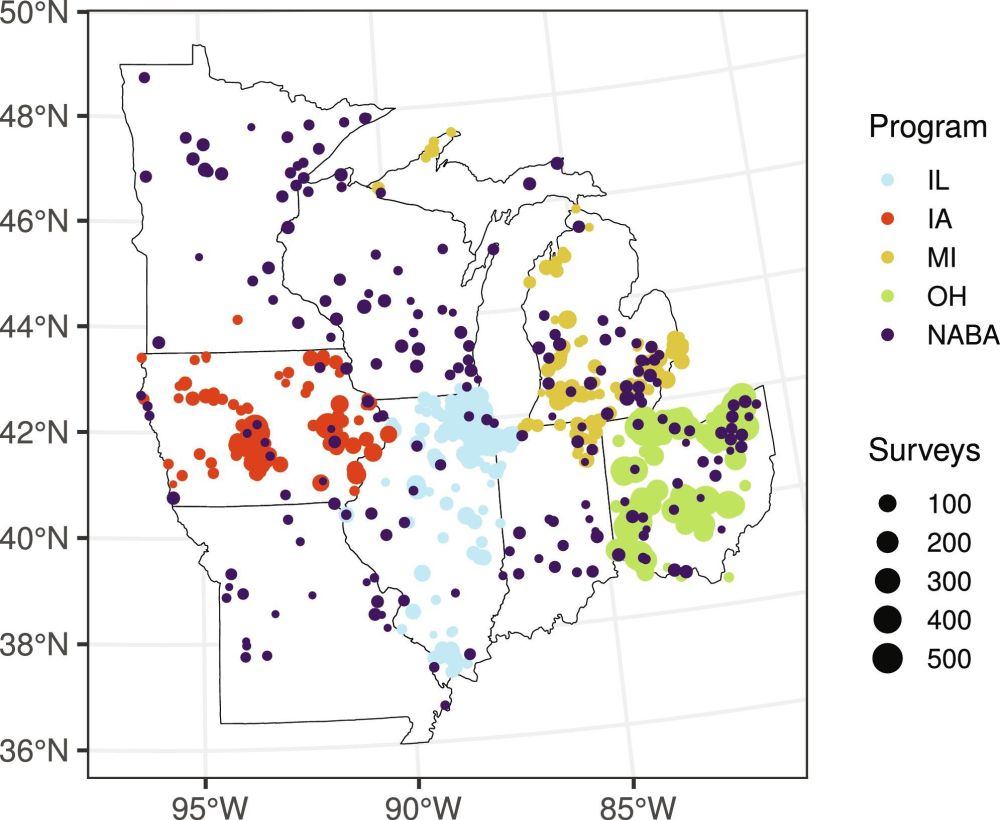KBS LTER
@kbslter.bsky.social
280 followers
67 following
68 posts
#KBSLTER advances sustainable & resilient agricultural ecosystems through integration of long-term scientific research, education & engagement with stakeholders
https://lter.kbs.msu.edu
Posts
Media
Videos
Starter Packs
Reposted by KBS LTER
Reposted by KBS LTER
Nick Haddad
@nickhaddad.bsky.social
· Aug 4

Three decades of declines restructure butterfly communities in the Midwestern United States | PNAS
Insects are declining worldwide. These declines have been documented across taxonomic
groups and are worrisome given ecosystem services provided by...
www.pnas.org
Reposted by KBS LTER
Reposted by KBS LTER
KBS LTER
@kbslter.bsky.social
· Sep 8

MSU team develops scalable climate solutions for agricultural carbon markets
MSU scientists develop a scalable, science-based system for agricultural carbon markets that improves climate impact accuracy, builds trust in carbon credits, and supports regenerative farming across ...
msutoday.msu.edu
Reposted by KBS LTER
KBS LTER
@kbslter.bsky.social
· Aug 25

Nature-based climate solutions can help mitigate the radiative forcing that follows deforestation - Communications Earth & Environment
Nature-based climate solutions such as conservation agriculture and forestry can partially offset the global warming caused by deforestation, while natural forest regeneration is capable of a complete...
www.nature.com
Reposted by KBS LTER
Reposted by KBS LTER
Reposted by KBS LTER
Reposted by KBS LTER
Reposted by KBS LTER



























